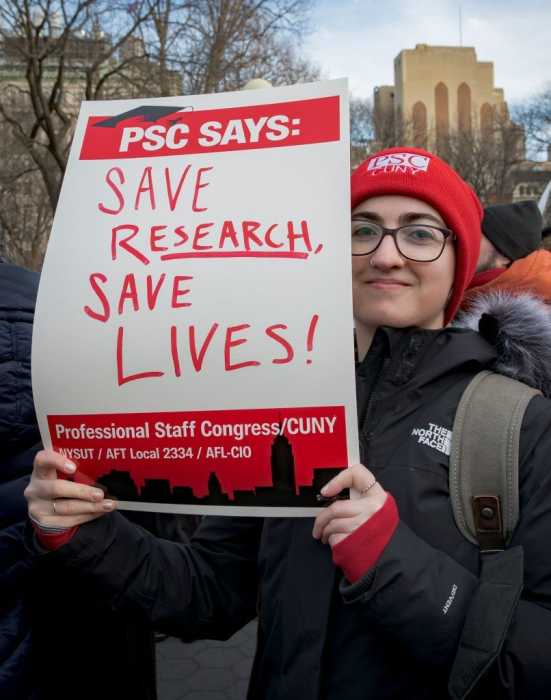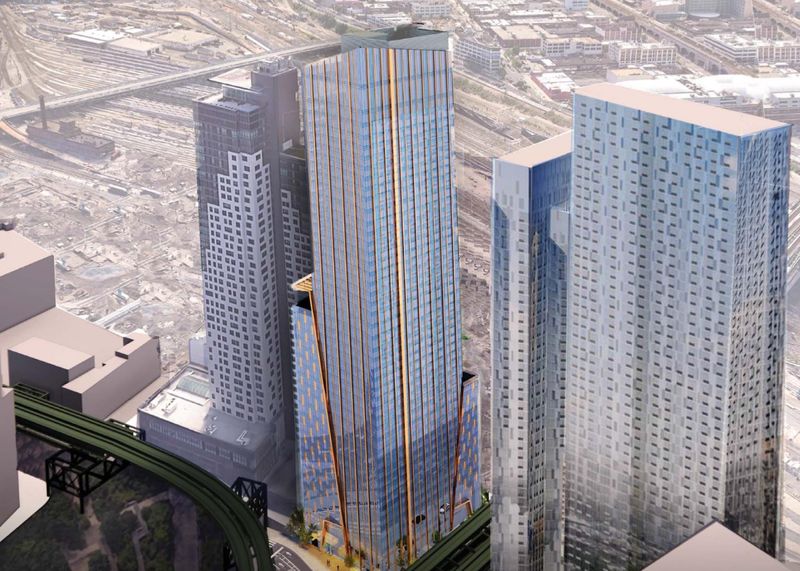By The Greater Astoria Historical Society
In February 1926, former Borough Presidents Maurice Connolly of Queens and Julius Miller of Manhattan sent a letter to the city Board of Estimate proposing an East River tunnel to relieve congestion on the Queensboro Bridge, which at that time was only 17 years old.
The tunnel entrance was proposed to be at 38th Street in Manhattan and would have feeder roads from Borden Avenue in Queens and Greenpoint, Brooklyn. The project cost was a projected $40 million. An additional expressway would be hacked across Manhattan to extend an access road to 10th Avenue on the West Side for an additional $16 million. Years later, a scaled down Queens-Midtown Tunnel opened in 1940.
–
The U.S. Department of Commerce announced Americans were using three times as many automobiles as the rest of the world combined. On Jan. 1, 1926, there were 19,999,436 autos registered throughout the United States — or approximately one motor vehicle for every five men, women and children.
The department also announced that automobile accidents in the United States over the previous decade cost more lives — 123,500 — than World War I. Former Commerce Secretary Herbert Hoover was mulling over a number of plans as he tried to bring this appalling slaughter to public attention. Most deaths from these accidents were considered preventable.
–
On Feb. 12, 1926, residents breathed a sigh of relief when a 165-day-old anthracite coal strike was settled. Homes and industry in the city had been burning soft coal, causing a significantly larger amount of smoke, soot and pollution. City fathers had contemplated fines trying to restrict soft coal use. The first shipments of hard coal would not arrive in Queens for at least three weeks.
–
On Feb. 4 and 5, 1926, Queens endured the worst winter storm of the season. The blizzard, which dumped 8 inches of snow, killed two people and crippled Queens transit lines. Motorists facing deep snowdrifts, some 8 feet high and 500 feet long, abandoned cars in droves.
By Feb. 6, the Queens Street Cleaning Department had five steam shovels removing snow.
Then, at around 3 p.m. Feb. 9, a second blizzard struck Queens and continued until noon the following day. Traffic policemen reported that traffic on the Queensboro Bridge was only 235 cars in one hour. On normal days, this would have been thousands.
An LIRR train stalled near the Woodside station and passengers walked from the train to the station. The snow from the second storm added another foot on top of the earlier storm.
–
On Feb. 25, 1926, Queens experienced a torrential thunderstorm and ensuing steady downpour that lasted most of the night. The deluge, along with the snow melted from earlier storms, made many streets impassible.
Water backed up into many basements when the sewers, taxed to the limit, could not handle the volume of water.
For more information, call 718-278-0700 or visit their astorialic.org.




































